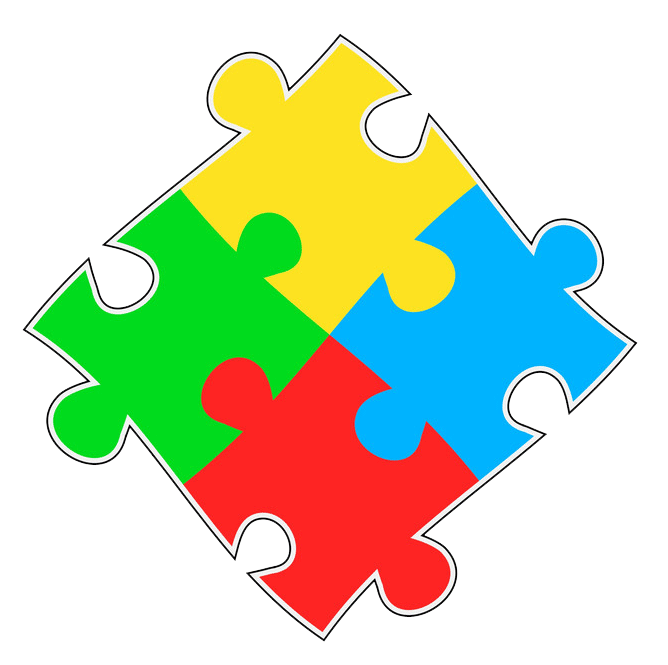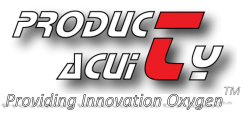Parts of a Business Model
Some refer to the phrase business model as “a term of art” being one of those things many people feel they can recognize when they see it, but have difficulty defining. Using a contemporary approach now used by millions around the globe, we provide a structure and common language for describing a business model, enabling innovation around different approaches for delivering the same value proposition.
All business models can be viewed as consisting of the (9) nine building blocks below. (click on each title to expand the section) The decisions made in each one of the building blocks will collectively define your business model and the space in which you compete.
 |
Value PropositionThe Value Proposition building block is at the heart of the business model, representing your unique solution (product or service) for a problem faced by a customer segment, or value you provide for the customer segment. A value proposition should be unique and stand out from your competitors. Value propositions can be either quantitative (price and speed of service) or qualitative (customer experience or design). The design of a good value proposition is an effort in itself (see value proposition design), the results of which become this building block. Customer SegmentsCustomer segments are the groups of people or companies that you are targeting to buy your product or service. Segments are based on similarities such as geographical area, gender, age, behaviors, interests, etc. Segmenting gives you the opportunity to better serve needs by customizing your solution for those specific needs. Different approaches to customer segmentation include:
Customer RelationshipsThis building block defines the type of relationship you will have with each of your customer segments or how you will interact with them throughout their journey with your company. There are several types of customer relationships:
ChannelsThis block describes how your company will communicate and transact with your customers, representing the touch points that let your customers connect with your company. Channels include how you will raise awareness of your product or service among customers, as well as how you will execute a transaction, and deliver your value propositions to them. Channels can also be used to offer post-purchase support. There are two types of channels.
Revenue StreamsRevenues streams are the sources of money and describe how you will earn revenue by providing your value proposition to your the targeted customers. A revenue stream can belong to one of the following revenue models:
Key ActivitiesThis building block defines the activities/ tasks needed to fulfill your business purpose. It includes all the key activities you need to do to make your business model work and should focus on fulfilling its value proposition, reaching customer segments and maintaining customer relationships, and generating revenue. There are 3 categories of key activities:
Key Resources
Key Resources describe the internal sssets required to carry out your key activities in creating and delivering your value proposition. Your resources allow your enterprise to create your offering, reach markets, maintain relationships with Customer Segments, and earn revenues. Key resources can be owned or leased by the company or acquired from key partners.
Key Partners
Key Partnerships describes the external network of suppliers and partners that provide external resources and activities needed to make the business model work. There are four different types of partnerships: strategic alliances between non-competitors, Coop-petition (strategic partnerships between competitors), Joint ventures to develop new businesses, buyer-supplier relationships to assure reliable supplies.
Cost StructureIn this block, you identify all the costs associated with operating your business model. You’ll need to focus on evaluating the cost of creating and delivering your value propositions, creating revenue streams, and maintaining customer relationships. And this will be easier to do so once you have defined your key resources, activities, and partners. |
